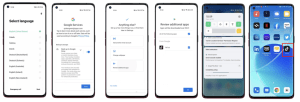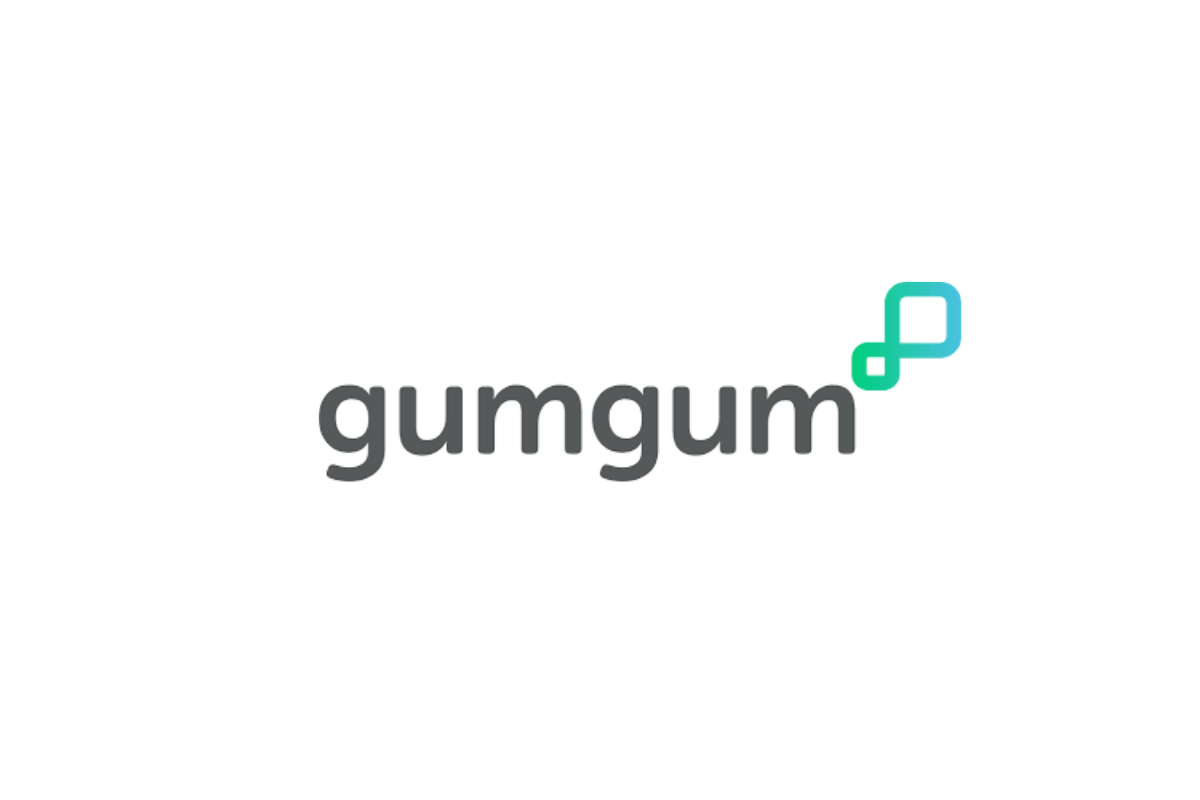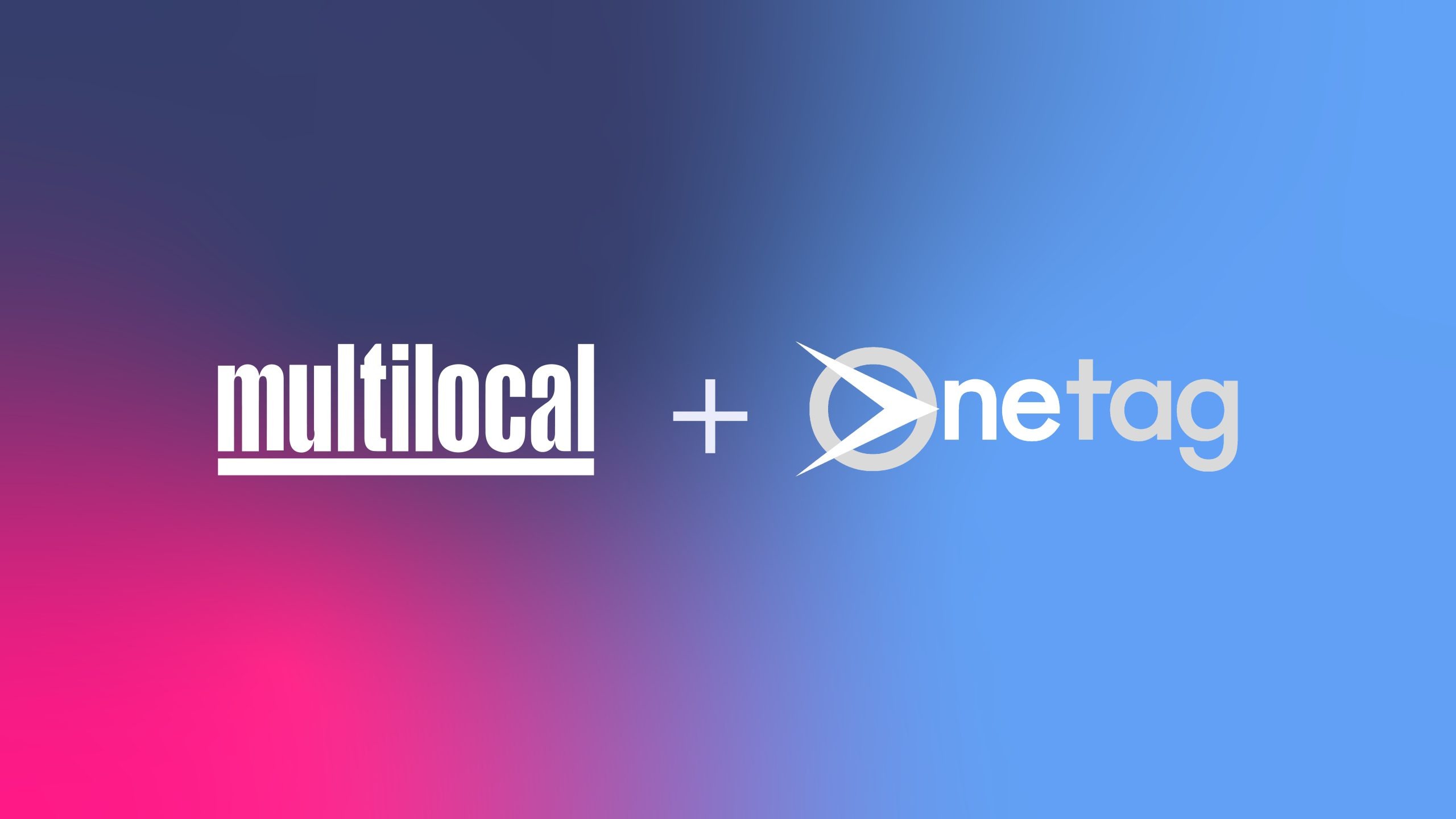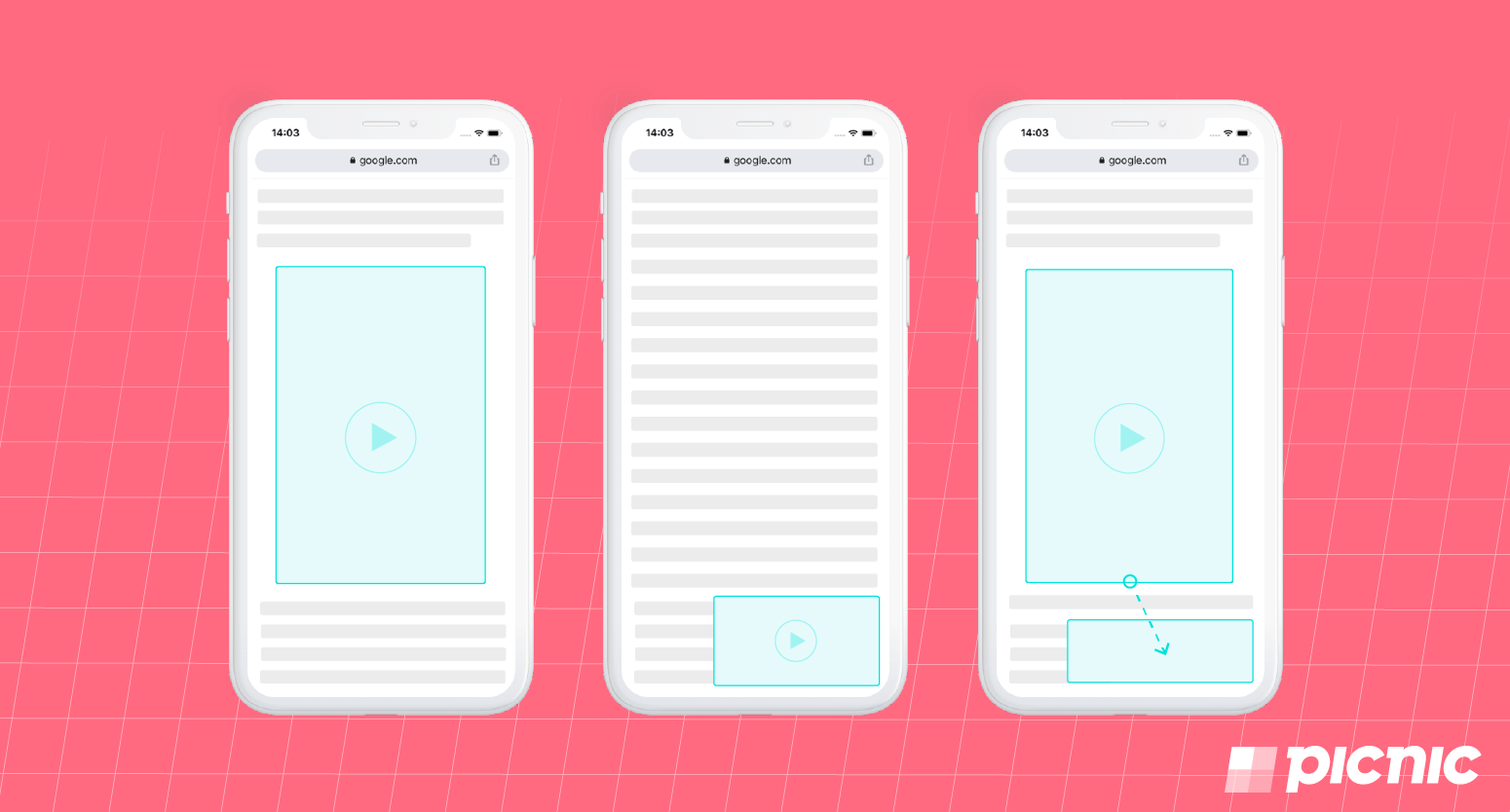Debunking 7 Common Misconceptions About Mobile OEM Advertising

- Thursday, April 25th, 2024
- Share this article:
Unsure if mobile OEM advertising is right for your app? Mobile advertising expert and AVOW CEO Robert Wildner clears up the confusion about this powerful strategy to help you decide.
Think you know the ins and outs of mobile advertising? Perhaps it’s time to think again. Especially with mobile Original Equipment Manufacturer (OEM) advertising, which stands as a beacon of opportunity for mobile marketers and should be part of everyone’s marketing mix – yet it is often shrouded in a fog of misconceptions.
At its core, mobile OEM advertising enables app developers to promote their apps directly on mobile devices through partnerships with specialists like AVOW, reaching new markets and untapped audiences. In Europe, mobile OEMs like OPPO, Xiaomi, and Huawei are particularly influential, ranking among the top five smartphone brands in the market.
Mobile OEM advertising achieves higher user acquisition at lower costs primarily through targeted and integrated advertising strategies, while maintaining a fraud-free environment.
But that’s not everything, and that’s the first misconception about mobile OEM advertising, there’s a lot more to cover.
1: General Misconceptions about Mobile OEM Advertising
The Misconception: There’s a belief that mobile OEM advertising is merely factory preloading apps on mobile devices. That it lacks optimization opportunities on display campaigns, offers limited targeting options, focuses on Asian markets, restricts advertising to mobile OEM stores (alternative app stores) and does not support branding campaigns.
The Reality: Contrary to those beliefs, mobile OEM advertising extends beyond app preloads, such as dynamic preloads, which alone are highly effective for app install growth, to encompass various other strategies, including display advertising in various ad formats.
Mobile OEM advertising’s global relevance is emphasized by a 7% year-on-year increase in the global smartphone market in Q4 2023, reaching 323.2 million units, according to Counterpoint Research. This growth highlights the widespread adoption of non-Apple smartphones worldwide, capturing 77% of the global market share. By partnering with mobile OEM specialists, advertisers can leverage this extensive reach for branding campaigns, establishing a significant brand presence and engaging with a diverse, global audience.
Now let’s go a little deeper into each of these misconceptions to gain a clearer understanding, as well as reveal the unique benefits of mobile OEM advertising compared to traditional methods.
2: Misconceptions about Dynamic Preloads & Display Advertising
The Misconception: There is a common belief that mobile OEM advertising is solely focused on dynamic preloads and pre-installed apps.
The Reality: Although dynamic preloads are a powerful strategy that effectively places apps front and center for users, mobile OEM advertising also encompasses various display formats such as video splash screens, in-browser recommendations, minus one screens, within native apps, and through app icons. This strategy excels by offering targeted placements and ensuring brand-safe practices on OEM platforms, expanding its reach and effectiveness.


3: Misconceptions about Ad Targeting
The Misconception: Some believe that mobile OEM inventory, which includes advertising space directly on OEM devices, lacks targeting capabilities and effectiveness.
The Reality: There are mass targeting capabilities to maximize campaign reach and effectiveness within mobile OEM advertising. Including
- Retargeting
- Geographic targeting
- Keyword targeting
- Appographic targeting
- Device type targeting
- Social demographic targeting
- User behavior targeting
- App category targeting
- Analysis of time spent on app categories
By utilizing a mobile OEM specialist like AVOW, mobile marketers can make sure all targeting adheres to strict data protection and privacy standards.
4: Misconceptions about Regions (India and South East Asia vs. Europe)
The Misconception: Another presumption is that mobile OEM advertising predominantly targets India and South Asia and overlooks Europe.
The Reality: Let’s set the record straight. While Asia is indeed a significant market in these regions, mobile OEM advertising has a global reach, including Europe, as evidenced by sponsorships of major events like the Champions League, Wimbledon, the World Cup, and others in recent years.
As mentioned earlier in the article, mobile OEMs such as OPPO, Xiaomi, and Huawei hold three of the top five positions in the European market – and according to Statista, Xiaomi is the leading smartphone brand in Spain, comprising over a quarter of the entire mobile market.
5: Misconceptions about Alternative App Stores (OEM App Stores)
The Misconception: There’s a prevailing belief that mobile OEM advertising is exclusively limited to alternative app stores.
The Reality: Yes, advertising on alternative app stores is crucial in mobile OEM advertising, but it also includes promoting apps directly on OEM devices within the launcher environment or native apps. This comprehensive approach enhances app discoverability across multiple channels, simplifying marketing efforts and maximizing visibility and success without additional tech developments.
6: Misconceptions about Branding in Mobile OEM Advertising
The Misconception: It’s a highly common misunderstanding that branding is not a component of mobile OEM advertising.
The Reality: In fact, mobile OEM advertising encompasses various branding campaign options, including, video, interstitial, splash, and minus one-screen adverts. This ensures that advertisers can effectively build their brand presence while driving performance metrics.
7: Misconceptions about OEMs and Mobile Games
The Misconception: Some RPG game developers are reluctant to run campaigns on OEM devices, as they believe their games are too resource-intensive for these phones.
The Reality: Quite the contrary, OPPO excels in gaming with features like Hyper Boost and Game Space. Hyper Boost enhances the device’s processing and memory management, ensuring smooth, lag-free gaming. While Game Space reduces background app activity, lightening the system’s load, which is especially useful for the detailed and long gameplay of RPGs. Devices from Xiaomi, Huawei, and Vivo offer similar enhancements with Game Turbo, Game Space, and AI Game Mode, respectively, elevating gaming experiences across several OEM platforms.
Reimagine Your Mobile Marketing Strategy with Mobile OEM Advertising
By dismantling these common misconceptions, I hope this article sheds light on the true power of mobile OEM advertising – a robust strategy that taps into a vast and diverse global audience. By leveraging targeted and integrated advertising campaigns directly through device manufacturers, marketers can access untapped markets effectively. Consider collaborating with a specialist in mobile OEM advertising like AVOW to navigate this complex landscape, ensuring your campaigns are precisely targeted and optimized for the long term growth of your mobile app.















